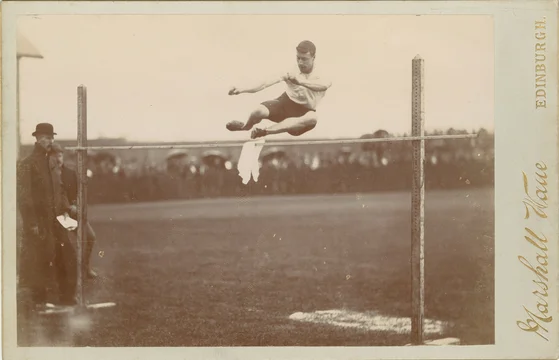
It's not often that there's a consequence to objecting to an exhibit in the pretrial order. The common wisdom is that it's better to be safe than sorry, so pretty much every exhibit gets some sort of objection—at least at the PTO stage. Of course, many of these objections are abandoned come trial following a series of interminable meet and confers between the least senior members of each trial team. The system works.
Usually. Sometimes, one objection too many can cost you $6,000,000.
A Common Problem Made Worse By COVID
As often happens in cases between competitors, the defendants in Sunoco Partners Marketing Terminals L.P. v. Powder Springs Logistics, LLC, (yes, we're talking about this one again, but its a different opinion), continued to use the allegedly infringing process while the case was pending. Thus, they had to keep producing updated sales and production records as the case progressed.
When the plaintiff deposed the defendants' 30(b)(6) witness, they asked them to authenticate the documents containing the then-current production figures. Naturally, the witness could not testify about figures accruing after their deposition.
In the normal course, this wouldn't be a big deal because there wouldn't be much time between depositions and trial. Here, however, the parties were originally scheduled to go to trial in July of 2020, but were delayed for 11 months due to the Ole 'Rona. So the potential extra damages figures were on the order of $6,000,000.
Objection!
Having no witness to authenticate the defendants' later production figures, the plaintiff went to trial with only the older figures. These figures were set forth in two exhibits that plaintiffs planned to introduce introduced through the deposition designation of that 30(b)(6) witness who'd authenticated them those many months before. Defendants, however, objected to the introduction of those exhibits, arguing that the documents were confusing under 403, were not business records, and were not properly authenticated by their 30(b)(6) witness.
All of these objections were overruled and the case went to trial. The jury ultimately found for the plaintiff and awarded them damages for the period up to February 2019. This left supplemental damages, based on documents the defendants produced after the close of fact discovery but before trial, for post-trial briefing.
Regret!
Defendants objected to plaintiffs request for supplemental damages on the grounds that plaintiffs could have presented these figures to the jury, but failed to do so. Plaintiff countered that they had no way to authenticate these figures, and the parties agreed that no trial witness would have been able to do so. Defendant then responded that the plaintiff should have at least tried to enter the relevant document by "asking defendants to stipulate to the authenticity or admissibility of the updated data."
This of course brings us back to defendants' objections. They had objected to the admissibility of the prior damages figures, and Judge Andrews cited those objections as evidence that plaintiffs might not have been successful in convincing defendants to stipulate. Judge Andrews thus awarded plaintiffs their full damages for that period.
If you enjoyed this post, consider subscribing to receive free e-mail updates about new posts.




